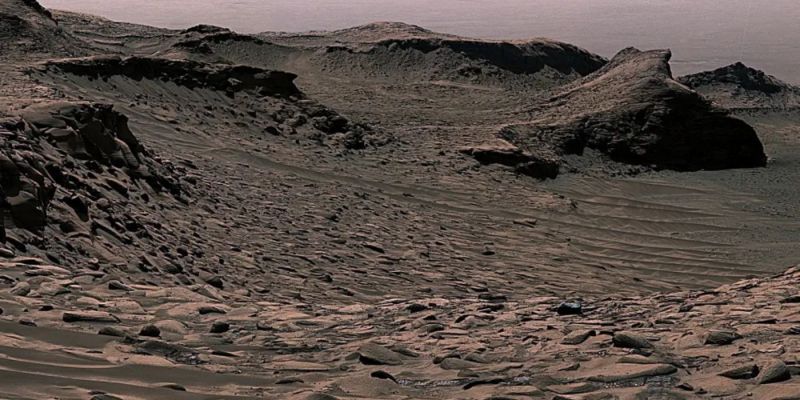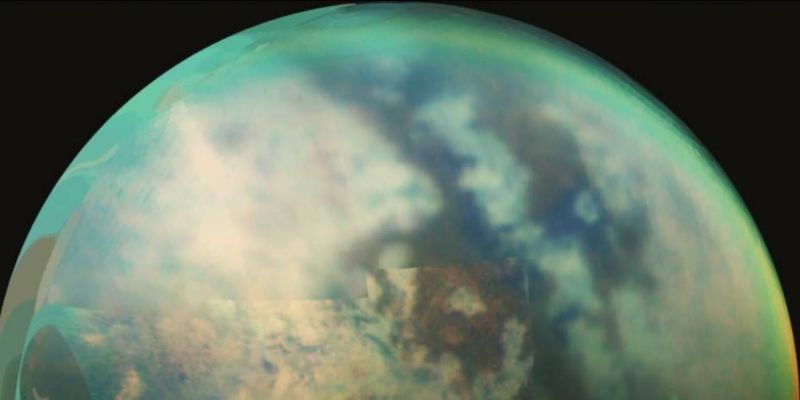
Planetary Picture of the Day
Week of May 26, 2025
The wonders of our universe abound, and this week, we look back at an amazing cometary visitor, our own Earth-Moon system, and Saturn's rings. Plus, new images of the massive Olympus Mons volcano on Mars and a pair of stunning galaxies interacting millions of years ago.
Monday, 26 May 2025

Comet McNaught
Comet McNaught, also referred to as the Great Comet of 2007 and officially labeled C/2006 P1, is a non-recurring comet that was identified on August 7, 2006, by British-Australian astronomer Robert H. McNaught through the Uppsala Southern Schmidt Telescope. It was the most luminous comet in over four decades and was easily observable without telescopes for those in the Southern Hemisphere during January and February of 2007. The comet's tail was photographed over the Pacific from ESO's Paranal observatory in January 2007, with the Moon on the right.
Tuesday, 27 May 2025
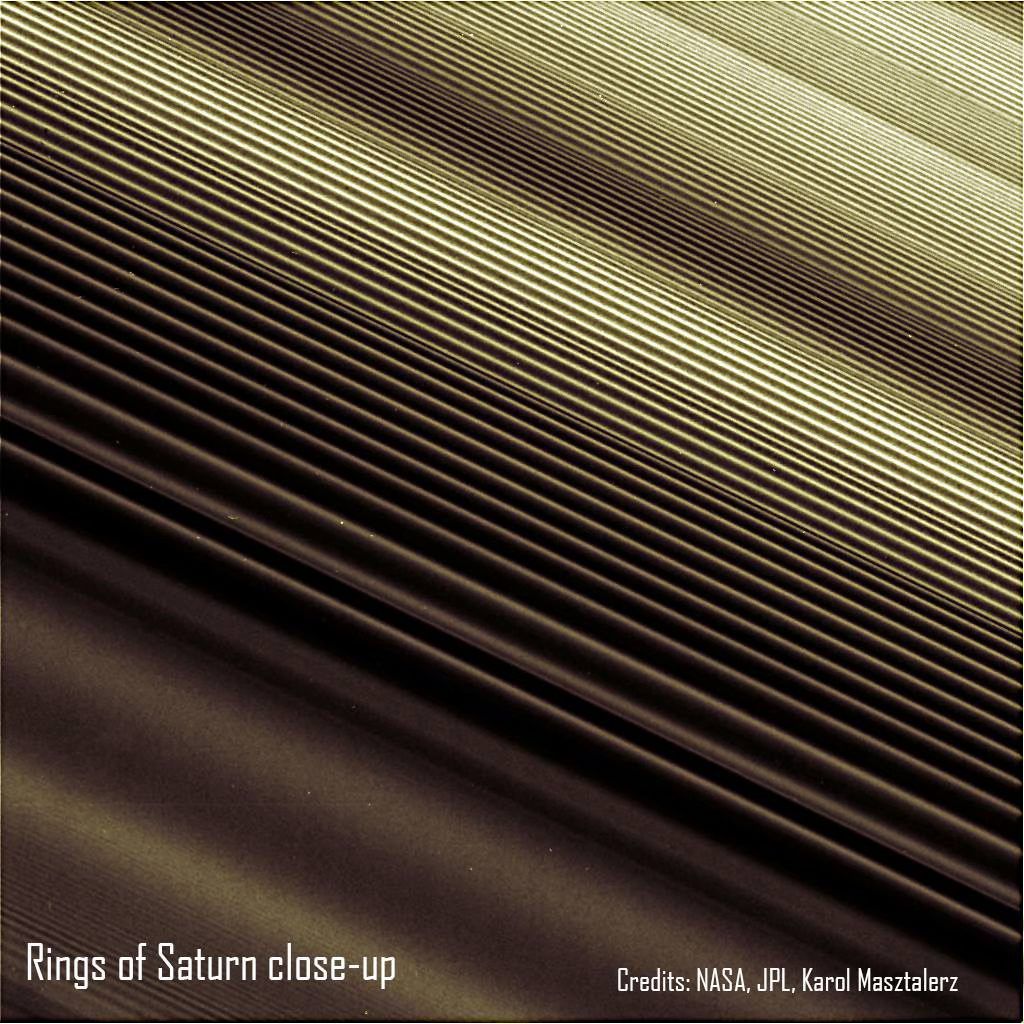
Rings of Saturn
Here is one of the most stupendous images of Saturn’s rings ever captured by the Cassini spacecraft, close-up, colorized, and sharpened.
Wednesday, 28 May 2025
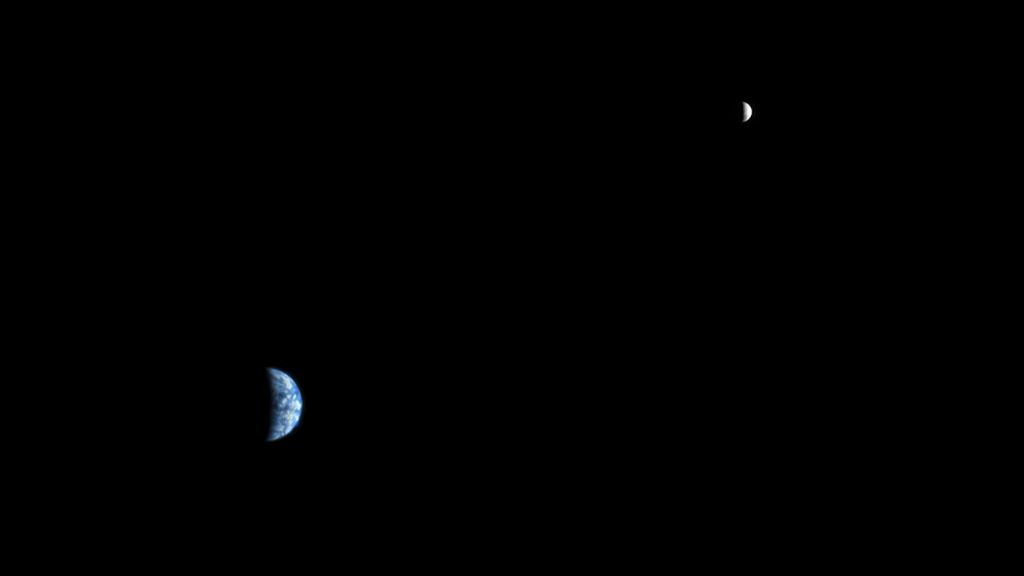
Far From Home
While circling the Red Planet in 2007, the HiRISE camera onboard NASA’s Mars Reconnaissance Orbiter captured this image of Earth and the Moon from 142 million kilometers away.
Thursday, 29 May 2025

Olympus Mons
This image, captured by NASA's Mars Global Surveyor in 1998, depicts Olympus Mons, an immense shield volcano on Mars. As determined by the Mars Orbiter Laser Altimeter (MOLA), it reaches a height of over 21.9 kilometers, roughly 2.5 times taller than Mount Everest when measured from sea level. Olympus Mons stands as Mars's highest volcano and tallest mountain. It is part of the volcanic area known as Tharsis Montes and experienced its last eruption around 25 million years ago.
Friday, 30 May 2025
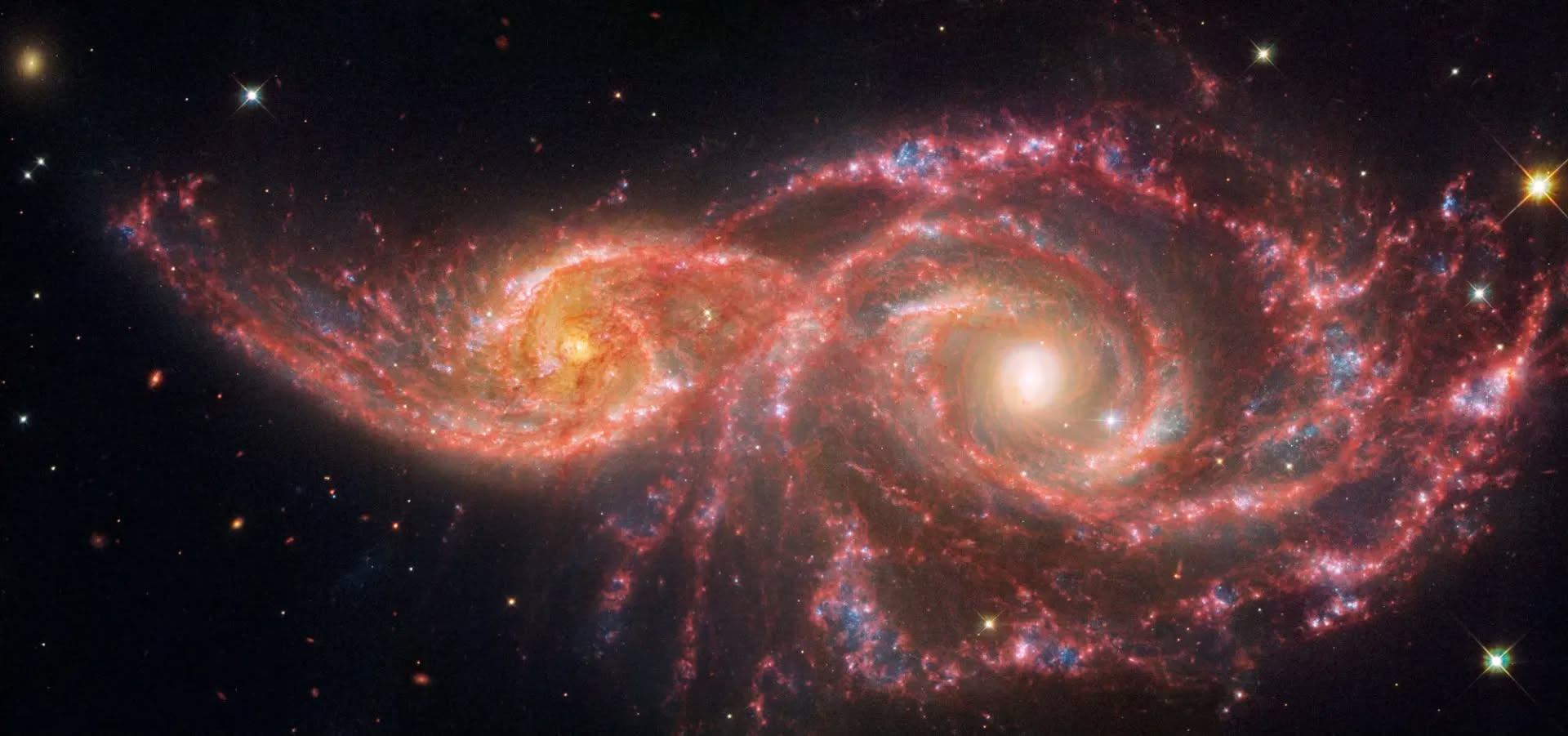
'Blood-Soaked' Eyes
The gruesome palette of these galaxies is owed to a mix of mid-infrared light from NASA’s James Webb Space Telescope and visible and ultraviolet light from NASA’s Hubble Space Telescope. The pair grazed one another millions of years ago. The smaller spiral on the left, cataloged as IC 2163, passed behind NGC 2207, the larger spiral galaxy at right.
Both have increased star formation rates. Combined, they are estimated to form the equivalent of two dozen new stars that are the size of the Sun annually. Our Milky Way galaxy forms the equivalent of two or three new Sun-like stars per year.
Both galaxies have hosted seven known supernovae, each of which may have cleared space in their arms, rearranging gas and dust that later cooled, and allowed many new stars to form. (Find these areas by looking for the bluest regions.)


